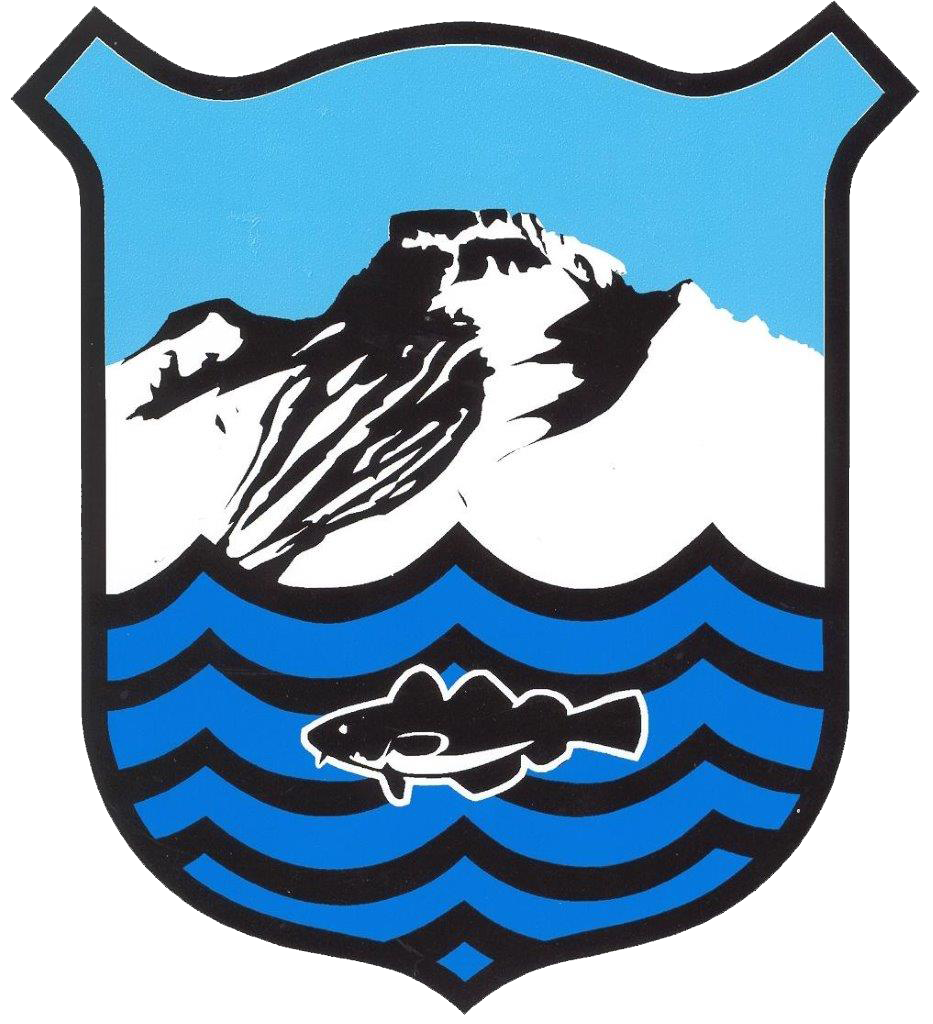Á fimmtudaginn næstkomandi kl 12:30 mun verða hægt að fylgjast með fyrirlestri um hrognkelsi í
Námstofu sveitarfélagsins Skagastrandar í Gamla Kaupfélaginu. Við ætlum að
tengjast í gegnum fjarfundabúnað og því geta áhugasamir komið og fylgst með.
Verið velkomin
|
Málstofa
29. janúar kl. 12:30
|
|
 James Kennedy, sérfræðingur á
Hafrannsóknastofnun, flytur erindi sem nefnist: Hrognkelsið er enginn
silakeppur: göngur, lóðrétt far og veiðistjórnun á hrognkelsi við Ísland. James Kennedy, sérfræðingur á
Hafrannsóknastofnun, flytur erindi sem nefnist: Hrognkelsið er enginn
silakeppur: göngur, lóðrétt far og veiðistjórnun á hrognkelsi við Ísland.
Erindið verður flutt (á ensku) kl. 12.30 í fyrirlestrarsal á fyrstu hæð á
Skúlagötu 4.
Í erindinu verður fjallað um umfangsmiklar merkingarannsóknir á grásleppu sem
Biopol á Skagaströnd og Hafrannsóknastofnun hafa staðið að um árabil. Notuð
voru hefðbundin fiskmerki en einnig rafeindamerki sem geta safnað ítarlegum
upplýsingum um hitastig og dýpi sem fiskurinn heldur sig á.
Meðal annars
kemur fram að hrognkelsi eru fær um að synda töluverðar vegalengdir á dag og
þá stunda þau einnig lóðréttar dægurferðir. Auk merkingarannsókna verður
fjallað um aðferðir sem beitt er við stjórnun veiða á hrognkelsi en
hrognkelsaveiðar hafa verið stundaðar við Ísland um árabil aðallega vegna
grásleppuhrogna.
Ágrip
Cyclopterus lumpus is no lazy lump: migration, vertical activity and
management of lumpfish in Iceland
Female lumpfish are targeted for their roe when they migrate to coastal areas
around Iceland in spring to spawn. To better understand their movements and
vertical activity at this time, a large tagging program was started in 2008
by Biopol which was extended in collaboration with MRI to include tagging
during the Icelandic spring groundfish survey (IGFS) and the use of data
storage tags (DSTs).
Between 2008 and 2014, 9710 female lumpfish were tagged, including 121 with
DSTs. Lumpfish showed extensive movements with fish tagged in coastal areas
being recaptured up to 587 km from their tagging location and were capable of
swimming up to 49 km day-1. Fish were most frequently caught in the area in
which they were tagged; however, movement between areas was common. Very few
fish were caught after 1 year at liberty possibly due to tag loss. DSTs
revealed that lumpfish were active within the water column, with vertical
movements of several hundred meters being common and vertical speeds of 15 cm
s-1.
Data from both DSTs and IGFS indicate diel vertical migration in lumpfish.
Landings have varied over time and reached a peak in the 70s and 80s which
was followed by a sharp decline in the biomass index. Biomass index and
abundance of large fish (>45 cm) is still at a low level in comparison
with the early 80s. Fishing is primarily regulated using input controls,
however, the number of boats which will participate is unknown when days at
sea is decided, thus keeping catches below the TAC recommendation may be
problematic if participation increases.
|



